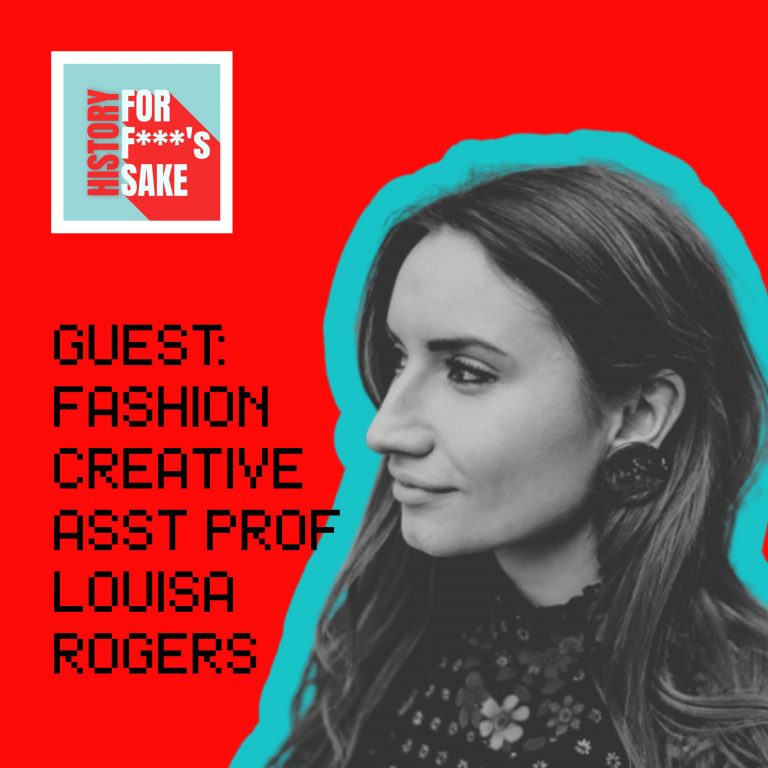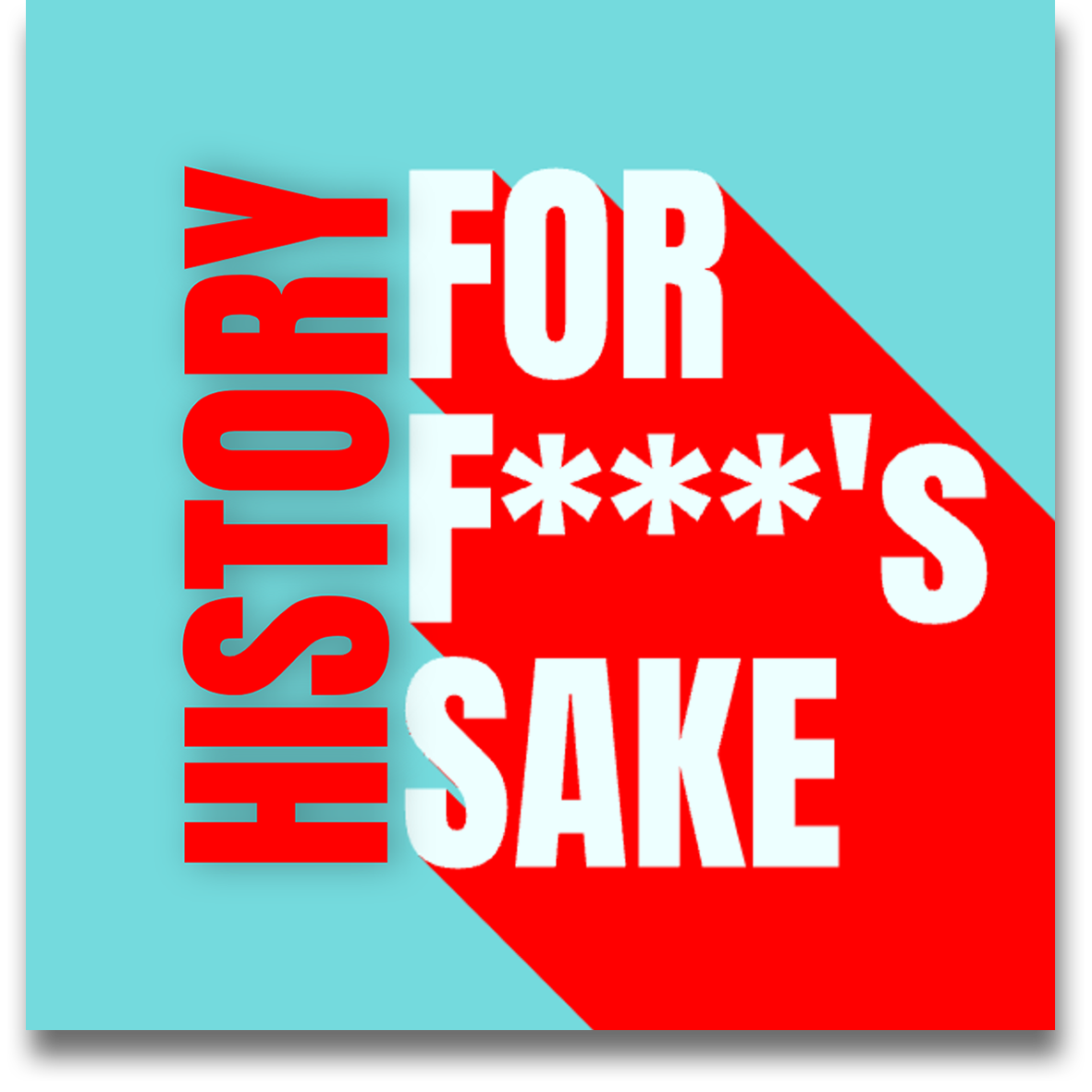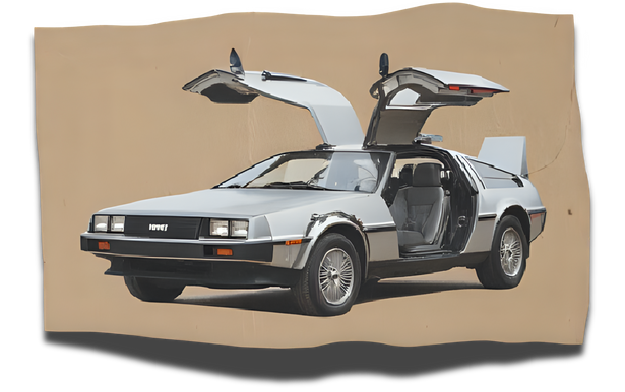
Did you ever wonder how we got here, and how sometimes tiny pieces of history make up, and have shaped our lives?
Or realised how every day, all of us are making history?
Join me, Sarah Dowd, in exploring what has happened in the everyday lives of people for the better, or at least the experiences that have just make us laugh and say…
This is… History. For F***’s Sake, the podcast that explores untold stories that make a difference.
When the world seemingly shut down for almost two years, what were we doing? We were creating art, making history and crying out of human contact. We were craving our culture.
I’m your host, Sarah Dowd, and I have worked on over 200 history, heritage and arts projects in the last 20 years across the world, everywhere from the Imperial War Museum in London to exploring how we put a fleet of ships in the sky, or bringing wrecks back from Honolulu.
I was recently diagnosed with ADHD which has brought a whole new layer of thinking about creativity and how we get people – ALL PEOPLE – really engaged with our shared history and culture.
Stories. Art. Film. Books. Ships. Music. Museums. People. Joy. Experiences. Humour. Humanity.
Because it’s all History, For F***’s Sake.
Find out more at historyffs.com
What do tie-dyed shirts, TikTok nostalgia cycles, and the hopeful chaos of Gen Z’s anxieties have in common? In this episode of History For F***k’s Sake host Sarah Dowd welcomes Louisa Rogers, assistant professor in Fashion Communications, creative entrepreneur, and youth culture decoder to step into the DeLorean and unravel the staying power of Back to the Future for its 40th anniversary.
From Brussels to the North East, Louisa’s career arcs across fashion photography, failed start-ups (she almost invented Vinted!), and now, teaching the next generation of style-makers at Northumbria University. Sarah and Louisa dive into why Back to the Future keeps resonating in meme culture, what retrofuturism says about our hopes and hang-ups, and how today’s young people make sense of a history and a future that feels uncertain at every turn.
Plus: Why fashion history is everyone’s history, why museums need to stop being so bloody boring, and whether Marty McFly would have gone viral on TikTok in 2025.
Highlights:
- From creative Belgian roots to academia, Louisa’s unconventional pathway through fashion
- Why fashion is a “speculative space” that helps us visualise the future (and the past)
- How Back to the Future offers a nostalgia fix for Gen Z & TikTok
- The power (and pitfalls) of recycling history: why our idea of “vintage” is often shaped by TV, not reality
- Gen Z, anxiety, and doomscrolling: what does history education need to do for young people now?
- Retro tech, Y2K fever, and why cassette tapes are cool again
- Why intergenerational friendships might be the missing secret to smashing stereotypes.
- “Protopia,” not dystopia: New ways creative industries and museums can help us actively imagine a better future and learn from the past.
Factoid:Retrofuturism is a creative aesthetic that blends past visions of the future, often drawn from mid 20th century art, design, and pop culture, with modern or nostalgic elements – imagining the future as it was once dreamed to be.
Spotify / Apple Music Playlists for this episode:
About Louisa Rogers:
Louisa Rogers is an assistant professor in fashion communication at Northumbria University with an interest in security studies, fashion and digital cultures. Her current research focus is on representations of surveillance, technology and militarism in fashion contexts.
She runs Trendlistr Vintage, a retail e-commerce brand, and completed the Cambridge University Institute for Sustainable Leadership Accelerator programme in 2020. She is also a founding committee member of Colour Collective UK,
Connect with Louisa:
X(Twitter): @louisarogers
Website: https://www.louisarogers.net/
About Sarah Dowd:
I’m Sarah Dowd – writer, speaker, heritage and arts consultant, producer, and all-around nerd – here to share the stories of our past that make us laugh, gasp, and mutter: It’s History… For F***k’s Sake.
For 25+ years I’ve created immersive, inclusive experiences that bring history alive, from rallying Second World War convoys through London to staging performances between Pearly Kings and Gen Z creatives. My work spans museums, cathedral crypts, pop-up theatres, global brands, and community projects across the UK and beyond.
As a Canadian living between the UK and France (with a late ADHD diagnosis that fuels my curiosity and creativity), I zigzag through culture, history, and big ideas, but never boring ones.
Every week on HistoryFFS, we explore how history echoes through today, from Drag Race to prefab tiny houses, with voices from musicians to mischief-makers.
Follow @HistoryFFS – because we’re all making history, one ridiculous, wonderful moment at a time.
Connect with Sarah:
Website:www.historyffs.com
LinkedIn:https://www.linkedin.com/in/sarahdowd/
Patreon: HistoryFFS
YouTube: @HistoryFFSPod
Instagram: @historyFFSPod
TikTok: @historyffspod
Produced by: winteraudio.co.uk

What do vintage denim, TikTok nostalgia, and sci-fi optimism have in common? This week on History for F***’s Sake, we mark 40 years since Back to the Future first hit our screens by asking what makes this film and its era so enduringly cool.
Our guest, Louisa Rogers, knows a thing or two about fashion as time travel. Now teaching fashion communications at Northumbria University, Louisa grew up in Brussels with an artist mother (think: scrapbooks, wild collage, and never telling you not to play) and a German father whose mind “ran parallel to the scientist in Back to the Future.” That creative upbringing gave Louisa an outsider’s eye and a curiosity about how we tell and wear our histories.
For Louisa, watching Back to the Future was “surprisingly wholesome…not dystopian, but brimming with hope.” She unpacks the film’s pitch-perfect 1950s tropes, the diner, the letterman jacket, the larger-than-life bullies and the ways nostalgia flickers differently for every generation. On TikTok, retro-futurism is having a field day, think cassette tapes, chunky digital cameras, and a hyper-nostalgia for the Y2K era Louisa can barely believe is “vintage.
The conversation zooms out to generational divides and bridges. Why do Gen Z and Gen Alpha view the future through such radically different lenses? How can museums, creative industries, and education empower young people rather than overwhelm them with stories from the past? Louisa advocates for “world-building” in heritage spaces, blending new tech (hello, AR and VR) with the simple power of stories people can actually see themselves in whether they’re 17 or 70.
And when it comes to the so-called recycling of trends? Louisa sees each wave as one degree removed: “Now we’re revisiting the 70s’ take on medieval, not medieval itself.” It means our cultural memory keeps shifting and sometimes gets muddled but also that a sense of newness can sneak into even the most recycled looks.
The real take-home message? Maybe history isn’t something that just “happened.” It’s personal, political, and more fun (and stylish) when we smash generational boxes and share the storytelling. As Louisa and I agree: intergenerational friendships aren’t just for sitcoms and you’re never too old (or too young) to rock Marty McFly’s denim or Doc Brown’s wild hair.
Find out why the future still needs a dash of 1985, and how you can help build a legacy that’s somewhere between chaos and utopia, welcome to protopia.


